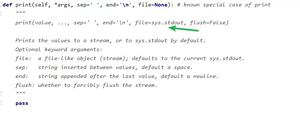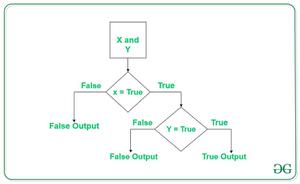Python使用scipy模块实现一维卷积运算示例
本文实例讲述了Python使用scipy模块实现一维卷积运算。分享给大家供大家参考,具体如下:
一 介绍
signal模块包含大量滤波函数、B样条插值算法等等。下面的代码演示了一维信号的卷积运算。
二 代码
import numpy as np
import scipy.signal
x = np.array([1,2,3])
h = np.array([4,5,6])
print(scipy.signal.convolve(x, h))#一维卷积运算
三 运行结果
[ 4 13 28 27 18]
四 一维卷积算法
#include<iostream>
#include<cstdio>
#include<cstring>
#include<cmath>
#include<vector>
#include<queue>
#include<map>
#include<algorithm>
usingnamespace std;
#define INF 0xfffffff
#define maxn 100010
int main()
{
int m=5,n=5;
int a[5]={0,1,0,2,1},b[5]={0,1,0,2,1};
int i,j;
int k=m+n-1;//卷积后数组长度
int c[k];
memset(c,0,sizeof(c));//注意一定要清零
/**卷积计算**/
for(i=0; i<k; i++)
{
for(j=max(0,i+1-n); j<=min(i,m-1); j++)
c[i]+=a[j]*b[i-j];
cout<<c[i]<<" ";
}
/****/
cout<<endl;
}
更多关于Python相关内容感兴趣的读者可查看本站专题:《Python数学运算技巧总结》、《Python数据结构与算法教程》、《Python函数使用技巧总结》、《Python字符串操作技巧汇总》及《Python入门与进阶经典教程》
希望本文所述对大家Python程序设计有所帮助。
以上是 Python使用scipy模块实现一维卷积运算示例 的全部内容, 来源链接: utcz.com/z/341927.html






